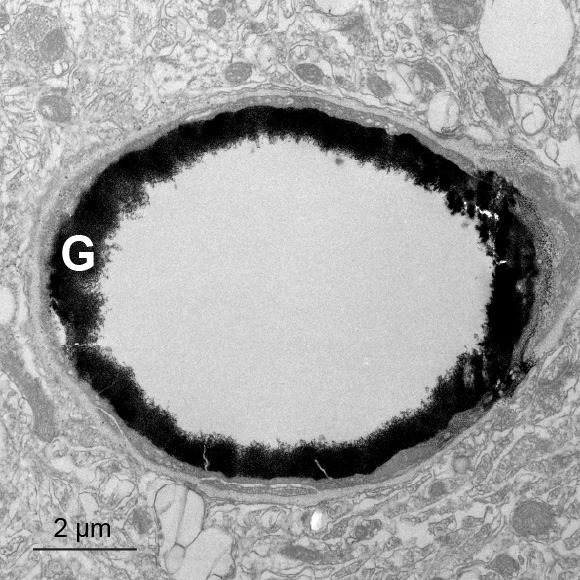Main Menu (Mobile)- Block
- Overview
-
Support Teams
- Overview
- Anatomy and Histology
- Cryo-Electron Microscopy
- Electron Microscopy
- Flow Cytometry
- Gene Targeting and Transgenics
- High Performance Computing
- Immortalized Cell Line Culture
- Integrative Imaging
- Invertebrate Shared Resource
- Janelia Experimental Technology
- Mass Spectrometry
- Media Prep
- Molecular Genomics
- Primary & iPS Cell Culture
- Project Pipeline Support
- Project Technical Resources
- Quantitative Genomics
- Scientific Computing
- Viral Tools
- Vivarium
- Open Science
- You + Janelia
- About Us
Labs:
Project Teams:
Main Menu - Block
Labs:
Project Teams:
- Overview
- Anatomy and Histology
- Cryo-Electron Microscopy
- Electron Microscopy
- Flow Cytometry
- Gene Targeting and Transgenics
- High Performance Computing
- Immortalized Cell Line Culture
- Integrative Imaging
- Invertebrate Shared Resource
- Janelia Experimental Technology
- Mass Spectrometry
- Media Prep
- Molecular Genomics
- Primary & iPS Cell Culture
- Project Pipeline Support
- Project Technical Resources
- Quantitative Genomics
- Scientific Computing
- Viral Tools
- Vivarium
node:field_image_thumbnail | entity_field

custom_misc-custom_misc_featured_summary | block
Pedram Lab /
We develop chemistry- and imaging-based methods to explore extracellular biology, i.e. structures and events occurring in the spaces between cells of an organism.
janelia7_blocks-janelia7_secondary_menu | block
More in this Lab Landing Page
custom_misc-custom_misc_lab_updates | block
node:field_content_summary | entity_field
All multicellular systems studied to date, from bacterial colonies to vertebrate brains, deposit and dynamically regulate molecular assemblies in the spaces between their cells. This extracellular matrix (ECM) is essential to nearly every process that involves cellular cooperation, from mechanical actuation to immunological defense.
node:body | entity_field
As molecular and cell biology continue to progress from cultured monolayers to tissues, the ECM will need to be incorporated into conceptual frameworks and therapeutic strategies. Extracellular biology, however, has lagged behind its intracellular counterpart, due largely to challenges which arise from two core properties of extracellular biomolecules: they are not protected by cell membranes and they are densely glycosylated. Those core properties render ECM biomolecules resistant to conventional genetics- and sequencing-based methods of interrogation.
Our lab takes the view that chemical biology and advanced imaging are poised to dramatically accelerate the study of ECM physiology and pathology. Current projects center on small molecule fluorescent probes for live structural imaging, biosensor design for functional imaging, glycan-directed methods for electron microscopy (EM), and cryoEM approaches for characterization of disease-driving extracellular assemblies. Our aim is to uncover principles by which ECM drives biochemical and biophysical signaling in mammalian tissues, to develop therapies that take advantage of the unique and underexplored chemical space of extracellular molecules, and to widely distribute methods that will allow others to join those long-term efforts.
node:field_pullquote_text | entity_field
Please visit pedramlab.com for up-to-date lab information.
